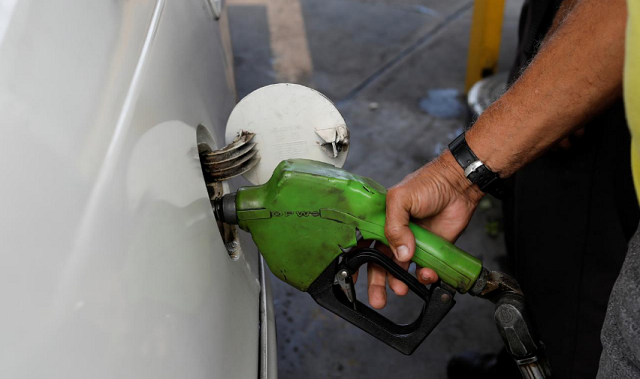
Oil prices rose on Monday after Saudi crude production registered a surprising dip in July and as American shale drilling appeared to plateau.
Markets also anticipated an announcement from Washington due later on Monday detailing renewed U.S. sanctions against major oil exporter Iran, set to be reinstated at 1201 EDT on Tuesday (1601 GMT), according to a U.S. Treasury official.
Spot Brent crude oil futures were trading at $73.68 per barrel at 0205 GMT on Monday, up 47 cents, or 0.6 percent, from their last close.
U.S. West Texas Intermediate (WTI) crude futures were up 37 cents, or 0.5 percent, at $68.86 barrel.
U.S. energy companies last week cut oil rigs for a second time in the past three weeks as the rate of growth has slowed over the past couple of months.
Drillers cut two oil rigs in the week to Aug. 3, bringing the total count down to 859, Baker Hughes energy services firm said on Friday.
Many U.S. shale oil drillers posted disappointing quarterly results in recent weeks, hit by rising operating costs, hedging losses and a fall in crude prices away from 2018 highs reached between May and July.
That drop came despite a pledge by the Organization of the Petroleum Exporting Countries (OPEC), of which Saudi Arabia is the de-facto leader, in June to raise output from July, with Saudi Arabia pledging a “measurable” supply boost.
Still, with Russia, the United States and Saudi Arabia now all producing 10 million to 11 million bpd of crude, just three countries now meet around a third of global oil demand.
Reuters technical commodity analyst Wang Tao said Brent “may test a support at $72.09 per barrel”, a break below which could cause further drops.
Saudi Arabia halted temporarily oil shipments through the lane on July 25 after attacks on two oil tankers by Yemen’s Iran-aligned Houthi movement.













